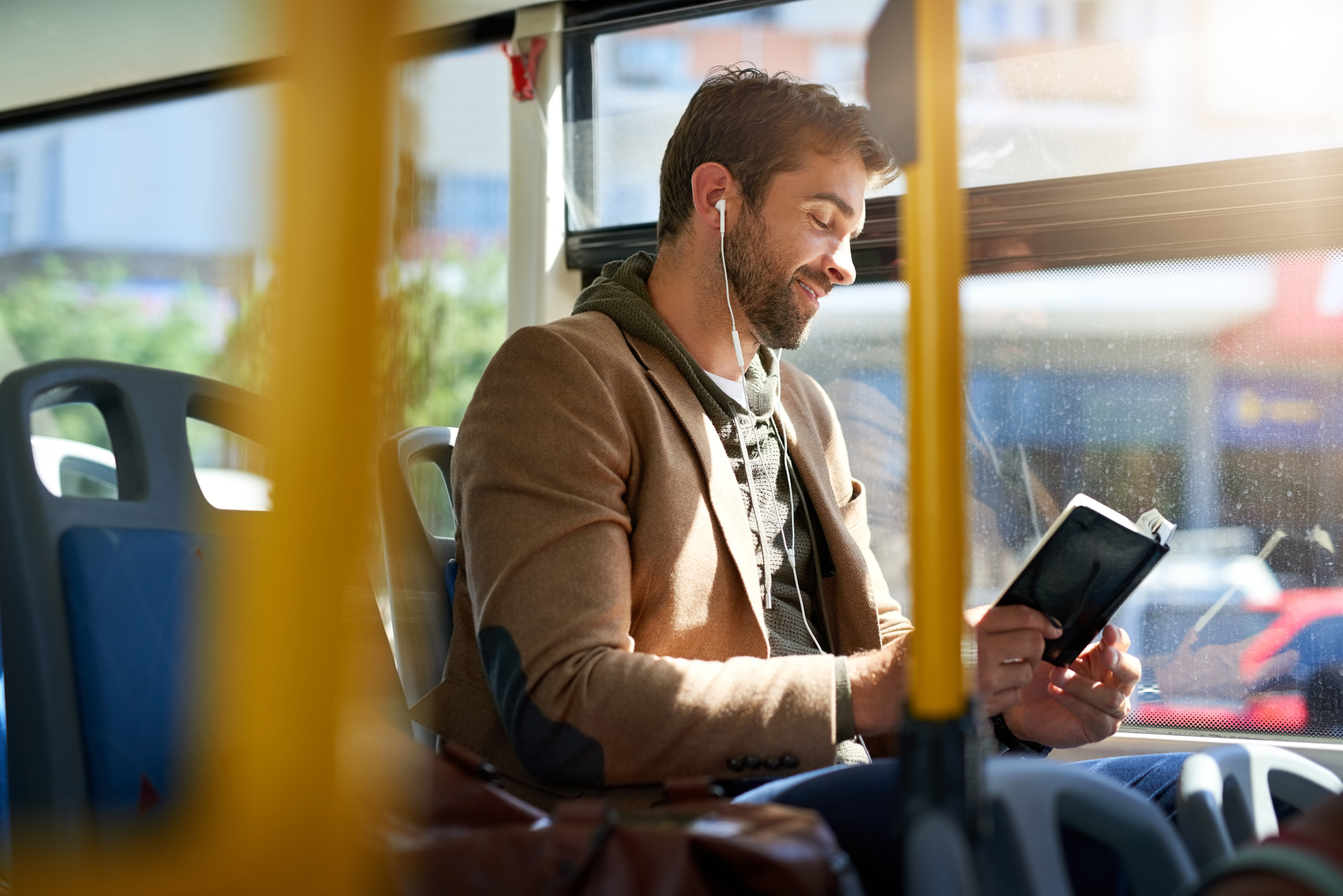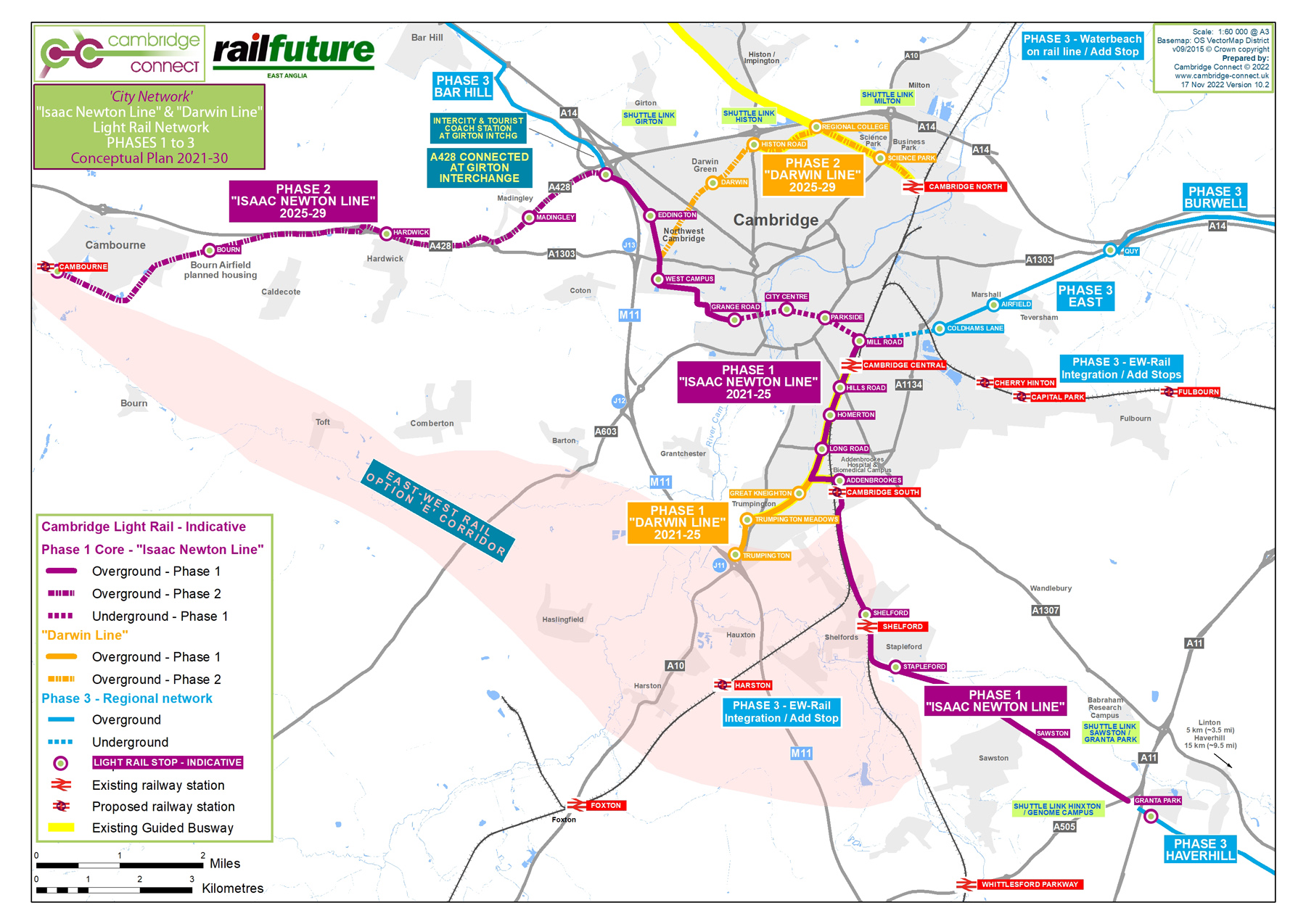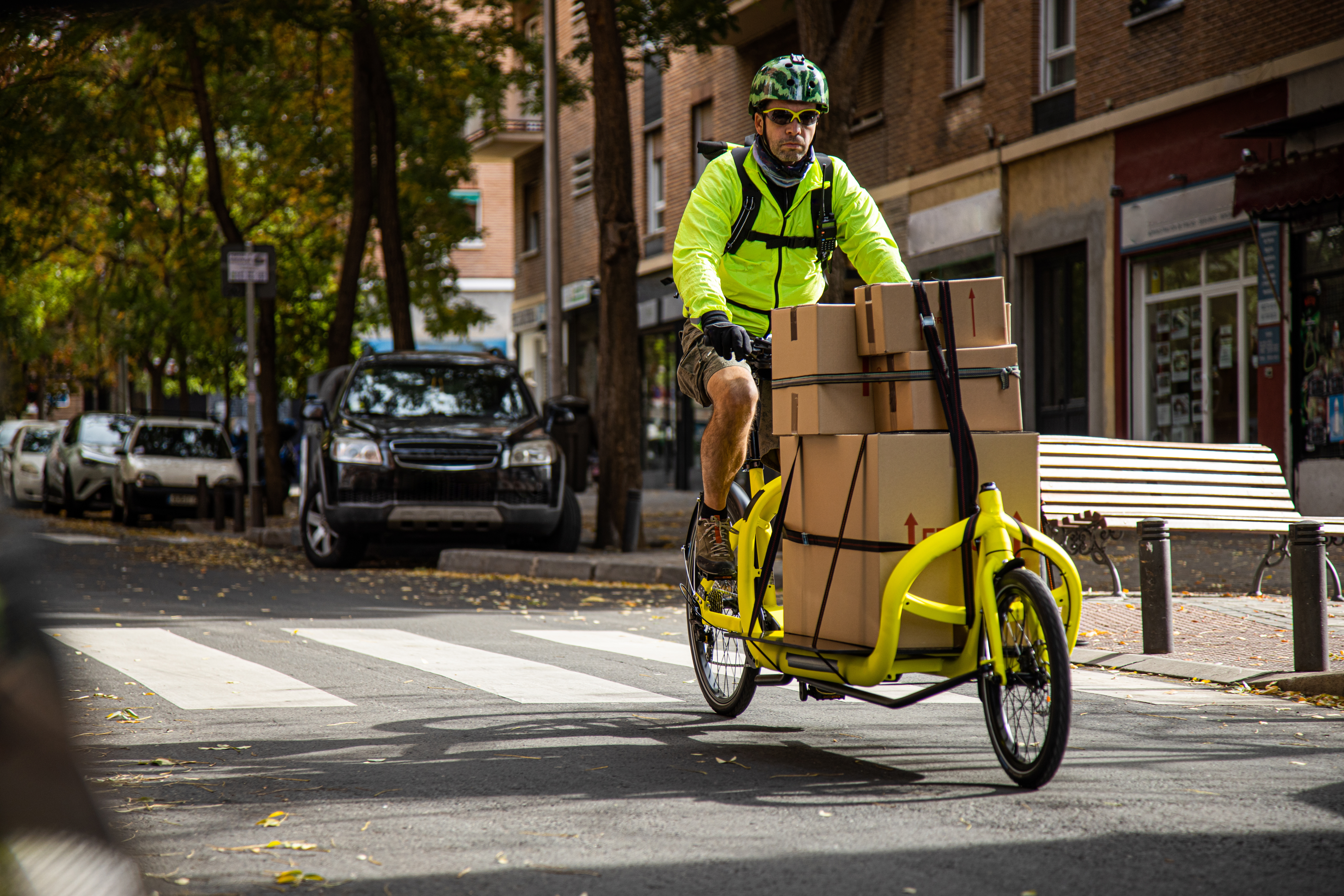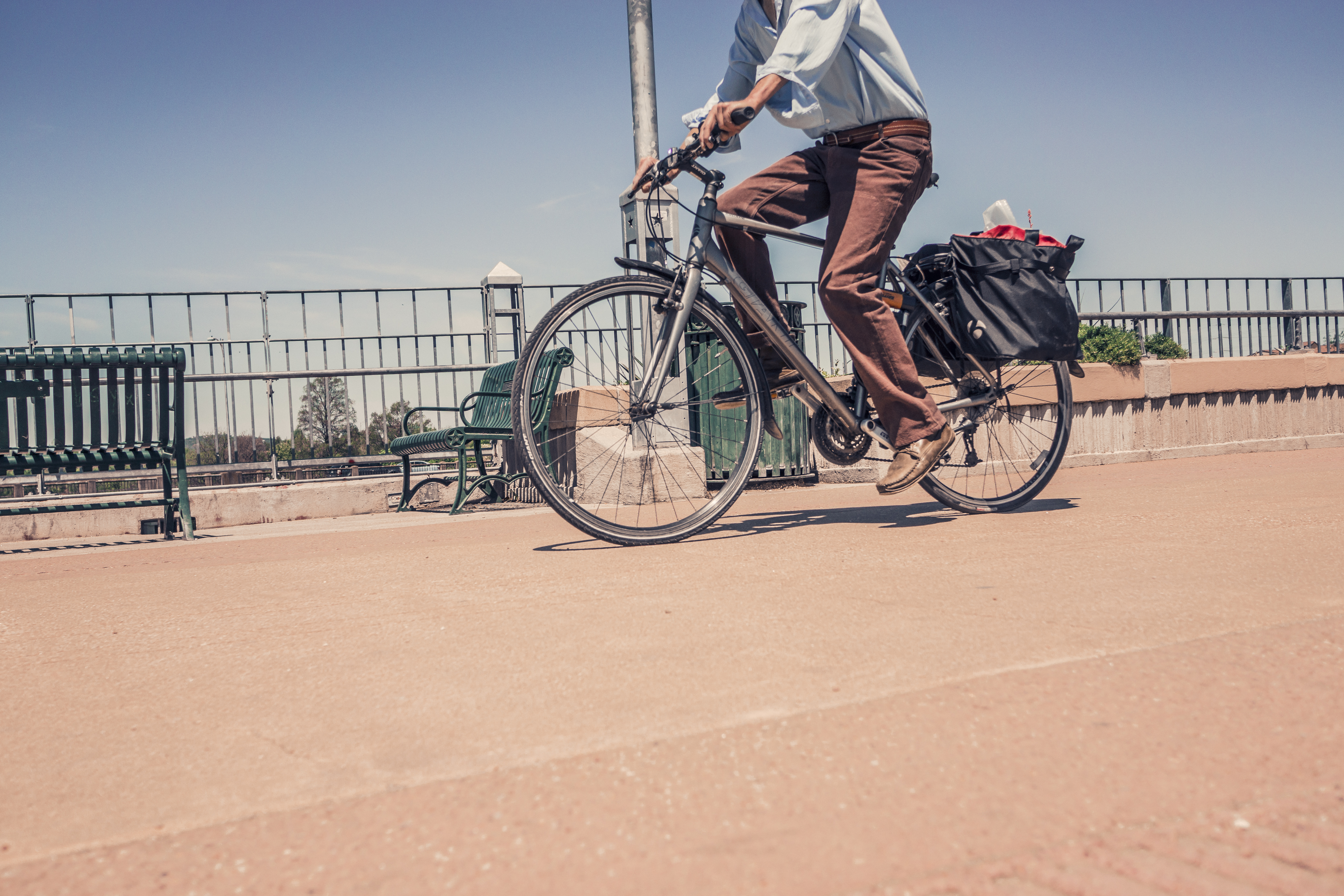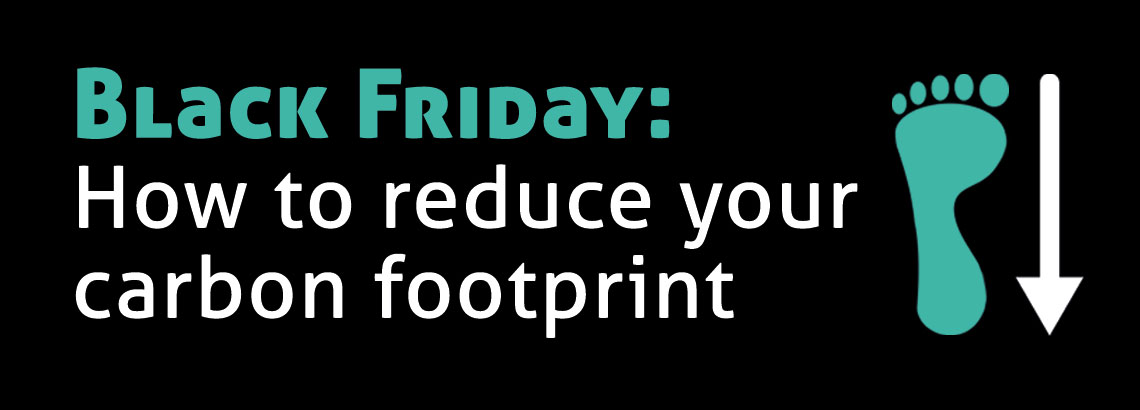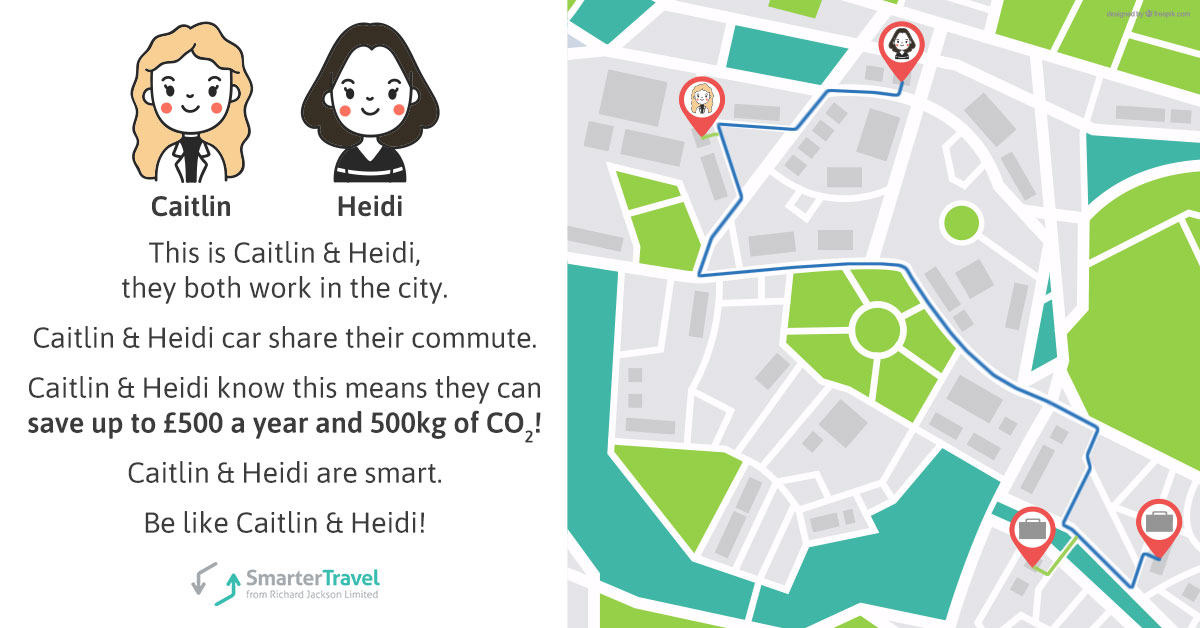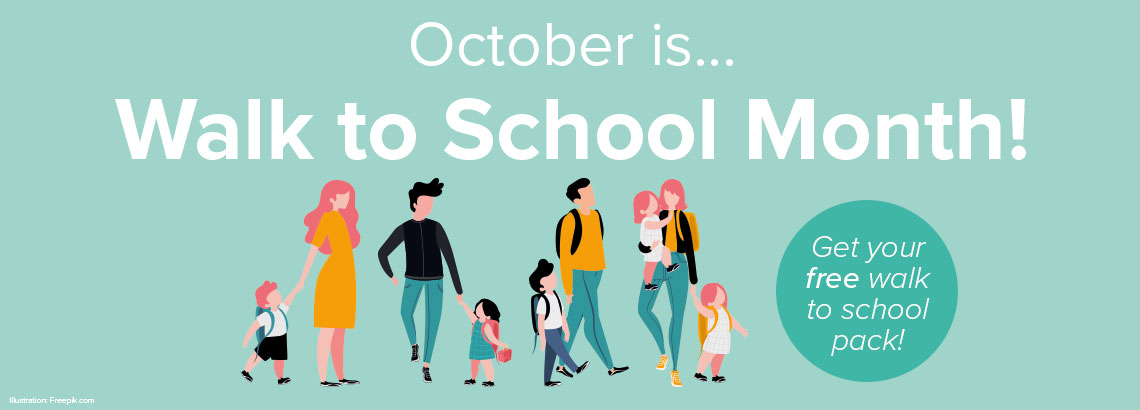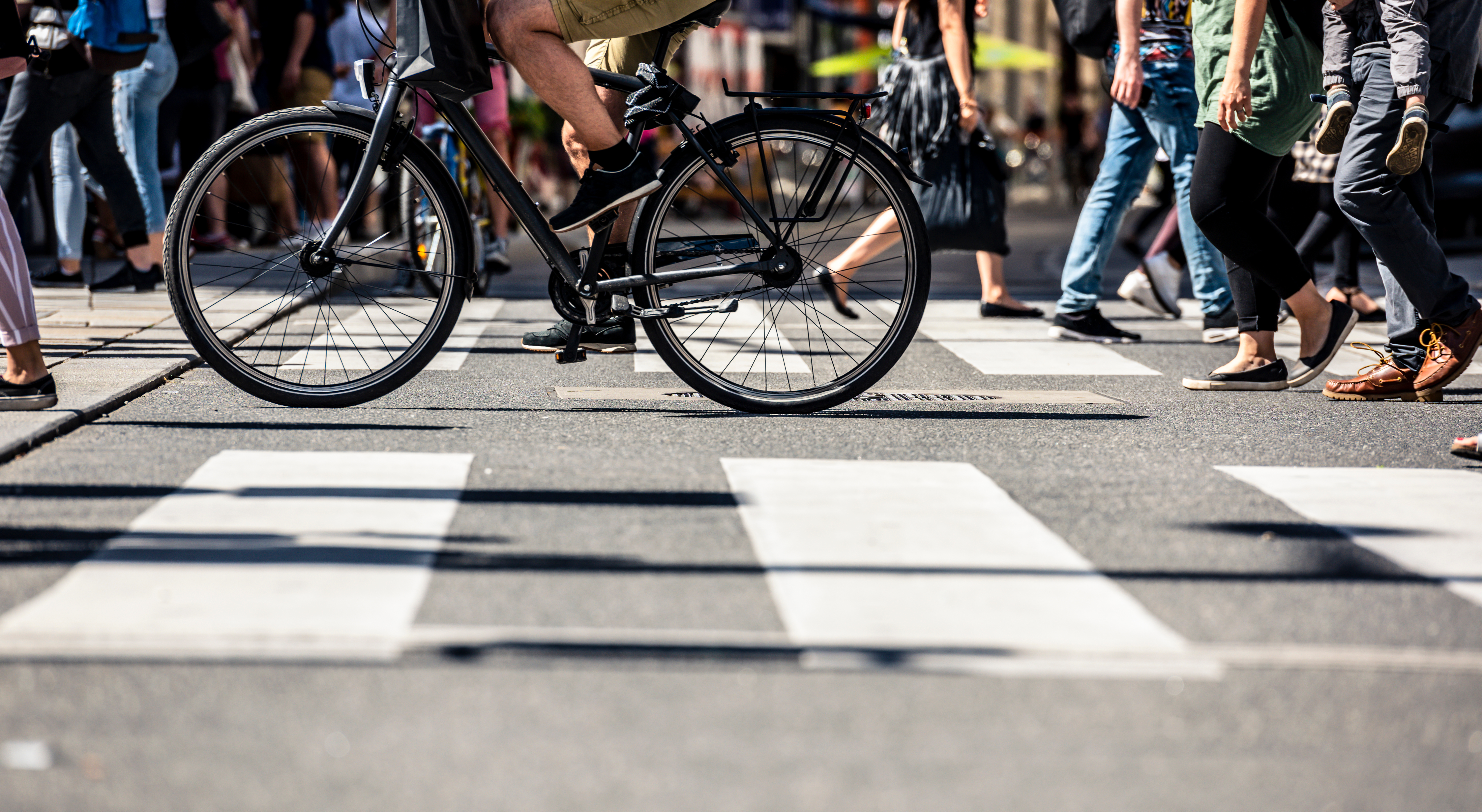
15-minute cities (20-minute neighbourhoods) have been a hot top topic as of late, causing split opinions. Some people are for the idea, and some people are strongly against it.
The idea is to make amenities more accessible. By improving walking and cycling routes whilst increasing the number of amenities available within a 15 minute walking/cycling distance. This distance is roughly a 1-mile radius on foot, and a 3-mile radius on a bicycle.
Making cities more accessible means providing more essential amenities such as GP surgeries, banks, and schools. This will reduce the need for harmful motorised vehicles and therefore make for a healthier environment.
What the people want
‘YouGov’ survey results have shown that most brits would support their local authority of making any changes necessary to implement 15-minute cities. However, it is accepted that in rural area this will be a much harder task.
“Around nine in ten believe that people should have a bus stop (90%), and a post box (87%) within a 15-minute walk of their home. Having medical facilities such as a pharmacy (85%) and a GP surgery (83%) should also be included in the target according to most Britons. However, less than half see the need for a shopping centre (28%), restaurant (38%) or hairdressers (46%) to be close by. “
Banks, Pharmacies, and surgeries are among the most desired and important amenities but are currently going unfulfilled. The unbalance in amenities it seems, is the main reason the public have to use their cars.

Why there is such uproar
The 15-minute city message has perhaps been misinterpreted, as it has sparked wild socialist theories that suggest the government want to isolate people to restricted areas, stripping them of their freedom…
Whereas others struggle to see where this has come from, how could having everything you need within 15 minutes be considered isolated? The idea does not intend to restrict people from leaving their ‘areas’, the idea aims to put everything within walking and cycling distance.
There is nothing worse than having to drive 20 minutes to another town for a simple prescription, or to post a parcel!
Where 15 minute cities are in use
The concept is currently being used large cities such as Melbourne and Paris, and all the results are positive.
Paris adopted this idea in 2020; where they added more local amenities and increased cycle lanes which resulted in a rise in local businesses due to the increased foot traffic, specifically bakeries!
Isn’t this what we love about going on holiday? Walking around, stopping at a local café or bar, visiting the bakery in the morning… This is what 15-minute cities could bring.
Electric scooter hire has also had huge success in Paris, with 20% of scooter journeys replacing car journeys. This suggests that where people are leaving their cars, they’re happily substituting with a great sustainable alternative; and usage is increasing each year!
How we can benefit
The concept has been proposed to provide benefits to communities, with health and accessibility at the forefront. Once we stop relying on our cars, we will see great improvements on all other aspects in our society.
The main goal of 15 minute cities is to make it easier to use active travel to get from A to B, but why not get a head start! Here’s how you can start to incorporate active travel into your daily life.
See YouGov article here.

